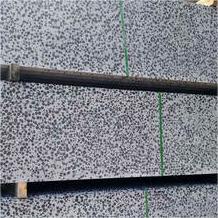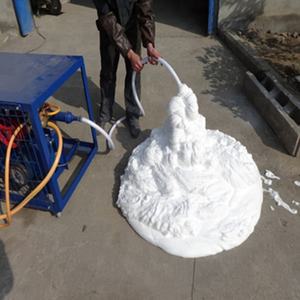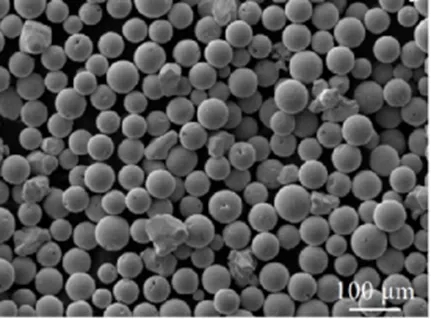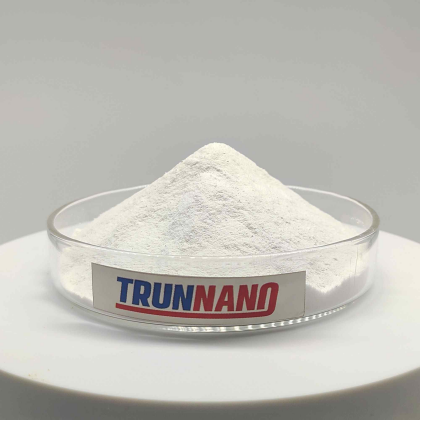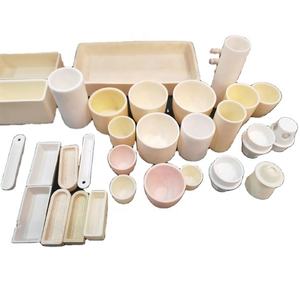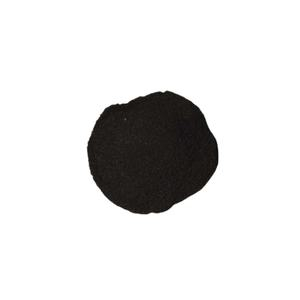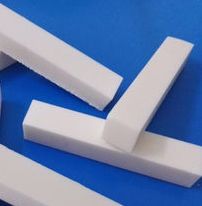Introduction to CLC Foaming Representatives: Enabling High-Performance Aerated Concrete Equipment
CLC (Cellular Lightweight Concrete) lathering representatives have emerged as a transformative component in modern building and construction products, allowing the manufacturing of ultra-lightweight, thermally effective, and structurally feasible concrete systems. These surfactant-based ingredients generate stable air bubbles within cementitious mixtures, developing a permeable microstructure that substantially minimizes density while preserving compressive strength. As international need expands for energy-efficient buildings and low-carbon framework, CLC frothing agents are playing an increasingly crucial role in redefining concrete technology towards sustainability and efficiency optimization.
(CLC Foaming Agent)
Device and Chemistry Behind CLC Foaming Representatives
At the core of CLC modern technology is the lathering agent– a surface-active compound that decreases the surface area tension of water, allowing air to be entrained right into a penalty, uniform foam. Typically used chemical family members include protein-based, synthetic surfactants, and customized lignosulfonates, each offering unique bubble security, compatibility with concrete hydration, and ecological impact accounts. When presented into a pre-mixed slurry of concrete, sand, and water, the foam integrates into the matrix, developing countless isolated gaps that boost insulation buildings without endangering architectural stability. This process enables accurate control over thickness, generally varying from 300 to 1600 kg/m FOUR.
Advantages of CLC Modern Technology in Modern Building And Construction
The assimilation of CLC lathering agents brings several advantages to building techniques. By reducing material weight, they reduce structural tons on structures and frames, enabling thinner pieces and taller building designs. The high porosity of CLC concrete provides exceptional thermal and acoustic insulation, lowering HVAC power usage and improving indoor convenience. Additionally, its fire resistance, mold resistance, and ease of managing make it suitable for retrofitting, prefabrication, and disaster-resilient real estate. In establishing economic climates, CLC technology provides a cost-effective choice to typical masonry, supporting fast urbanization with marginal resource intake.
Applications Across Civil Engineering and Facilities Sectors
CLC foaming agents sustain a wide variety of applications past common wall panels and floor screeds. They are extensively utilized in roof insulation, trench backfilling, bridge joint gap filling, and geotechnical stablizing where lightweight yet load-bearing fillers are needed. In environment-friendly structure jobs, CLC blocks add to accomplishing LEED qualification by enhancing energy efficiency and reducing embodied carbon. Moreover, their usage in floating concrete frameworks, noise barriers, and cold storage centers demonstrates the versatility of this technology throughout diverse design settings.
Technical Innovations Driving CLC Efficiency Enhancements
Recent advancements in CLC foaming agent chemistry and application techniques have actually substantially enhanced the mechanical and durability characteristics of oxygenated concrete. Nanoparticle-modified foams, hybrid lathering systems combining healthy protein and synthetic surfactants, and bio-based alternatives derived from plant essences are obtaining grip due to their enhanced stability and eco-friendliness. In addition, electronic application systems and AI-assisted foam generation units permit real-time changes throughout mixing, making certain constant high quality throughout large pours and complicated building forms.
Environmental Impact and Sustainability Considerations
One of the most compelling aspects of CLC technology lies in its alignment with circular economic situation principles. By integrating industrial results such as fly ash, slag, and crushed glass into the slurry mix, CLC lowers dependence on virgin products and draws away waste from landfills. Frothing agents themselves are being reformulated to minimize poisoning and biodegradability, addressing issues about seeping and long-term ecological effects. In addition, the decreased transport footprint of light-weight CLC aspects contributes to decrease carbon monoxide ₂ exhausts throughout the supply chain, reinforcing its function in sustainable building and construction ecosystems.
Market Dynamics and Global Sector Expansion
( CLC Foaming Agent)
The marketplace for CLC foaming representatives is experiencing robust growth, especially in Asia-Pacific, the Middle East, and Africa, where there is strong government support for budget-friendly real estate and climate-resilient facilities. Principal in the building and construction chemicals industry are spending greatly in R&D to develop exclusive lathering formulas customized for various climatic problems and regulatory standards. Strategic partnerships in between material distributors, engineering firms, and scholastic organizations are accelerating item innovation and increasing adoption paths. As building ordinance evolve to fit light-weight concrete innovations, the need for sophisticated CLC frothing representatives is expected to surge better.
Challenges and Technical Limitations in Practical Implementation
In spite of its several advantages, the prevalent fostering of CLC foaming agents faces several technical and logistical challenges. Foam instability under damaging climate condition, inappropriate curing leading to shrinking fractures, and minimal understanding amongst specialists continue to be relentless concerns. Irregularity in resources high quality– especially cement and sand– can influence foam retention and last toughness advancement. There is likewise a demand for standardized testing methods and training programs to guarantee correct implementation throughout different job types. Dealing with these voids needs collaborated efforts in between sector stakeholders, policymakers, and scholastic scientists.
The Future Overview: Assimilation with Smart Building and Green Building Trends
Looking in advance, CLC foaming agents will play a crucial function in shaping the future generation of intelligent and sustainable building. Their integration with Structure Details Modeling (BIM), automated batching systems, and IoT-enabled surveillance devices will enable real-time quality assurance and anticipating maintenance. In tandem with net-zero structure methods, CLC technology will support the production of ultra-low-energy frameworks that integrate thermal performance with architectural strength. As additive manufacturing and 3D printing gain energy, foamed concrete blends allowed by CLC foaming agents might unlock brand-new style opportunities and construction methodologies previously unattainable with standard materials.
Provider
Cabr-Concrete is a supplier of Concrete Admixture with over 12 years of experience in nano-building energy conservation and nanotechnology development. It accepts payment via Credit Card, T/T, West Union and Paypal. TRUNNANO will ship the goods to customers overseas through FedEx, DHL, by air, or by sea. If you are looking for high quality Concrete Admixture, please feel free to contact us and send an inquiry.
Tags: foaming agent, foamed concrete, concrete admixture
All articles and pictures are from the Internet. If there are any copyright issues, please contact us in time to delete.
Inquiry us

